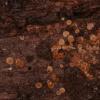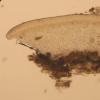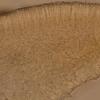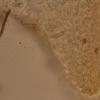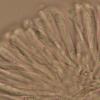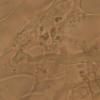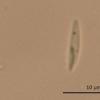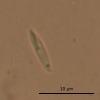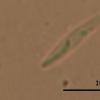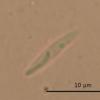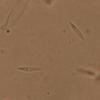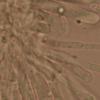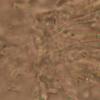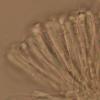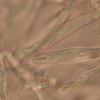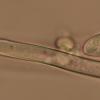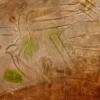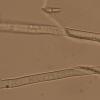
07-01-2026 22:22
 Danny Newman
Danny Newman
Tatraea sp. on indet. hardwood The Swag, Great Sm

07-01-2026 17:29
 Marc Detollenaere
Marc Detollenaere
Dear Forum,On a barkless Populus I found some smal

10-11-2021 17:33
 Riet van Oosten
Riet van Oosten
Add-on topic http://www.ascofrance.com/forum/7059

07-01-2026 10:24
 Danny Newman
Danny Newman
Pezicula sp. on indet. hardwood Appalachian Highl

07-01-2026 10:05
 Danny Newman
Danny Newman
cf. Chaetospermum on XylariaCosby Campground, Grea

02-01-2026 17:43
MARICEL PATINOHi there, although I couldn't see the fruitbody, I

04-01-2026 17:45
 Stephen Martin Mifsud
Stephen Martin Mifsud
I was happy to find these orange asmocyetes which
 Hello,
Hello,this Orbilia grew on a strongly rotten branch (probably Alnus) in a place which is usually submerged by standing water. Microscopic characters of the teleomorph fit the Orbilia luteorubella-O. rosea group, colour of apothecia and the ecology fit better O. luteorubella.
However, there is a problematic anamorph.
Ascospores 7.9-9.8 × 1.4- 1.8 µm, Q = 4.8- 7
Me = 8.7 × 1.6 µm; Qe = 5.7
SB subulate, one in each spore, 2.4-4.4 × 0.6-0.8 µm, usually thickest in the lowest part.
Asci 36 - 49 × 4-4.3 µm, 8-spored, upper spores oriented normally, lower spores inverted, apex truncate, base L. or T-shaped
SB subulate, one in each spore, 2.4-4.4 × 0.6-0.8 µm, usually thickest in the lowest part.
Paraphyses capitate, apical cell 20-23 × 2.4-3.5 µm.
Ectal excipulum composed of globose, angular or pyriform cells, individual cells
8-19 × (5) 6.9 - 14 µm
Q = (1.1) 1.2 - 2.2 (3.8) ; N = 16
Me = 15 × 9.2 µm ; Qe = 1.7
Conidia hyaline, straight, 1- to 3-septate, 20-35 × 7-9.5 µm. The anamorph was found on several places among the apothecia. It doesn´t fit neither luteorubella, nor rosea. Is it possible the anamorph doesn´t belong to the apothecia, but another species/genus...?
Zuzana


thank you very much!
Zuzana



